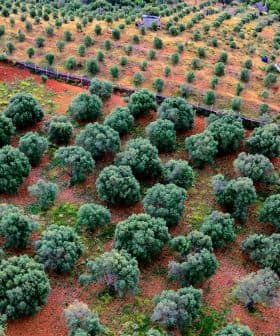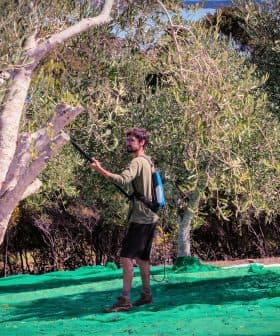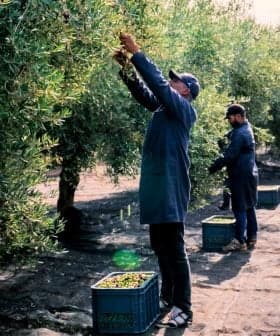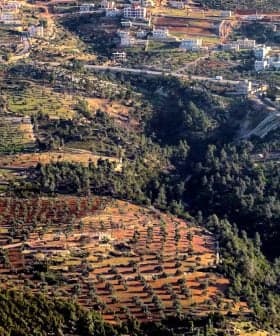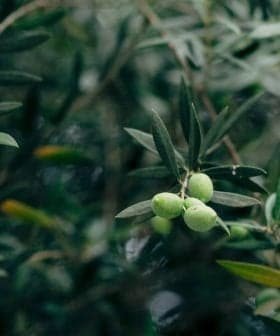 14.4K reads
14.4K readsProduction
Organic Growers Rely on Traditional and New Natural Methods to Combat Fly
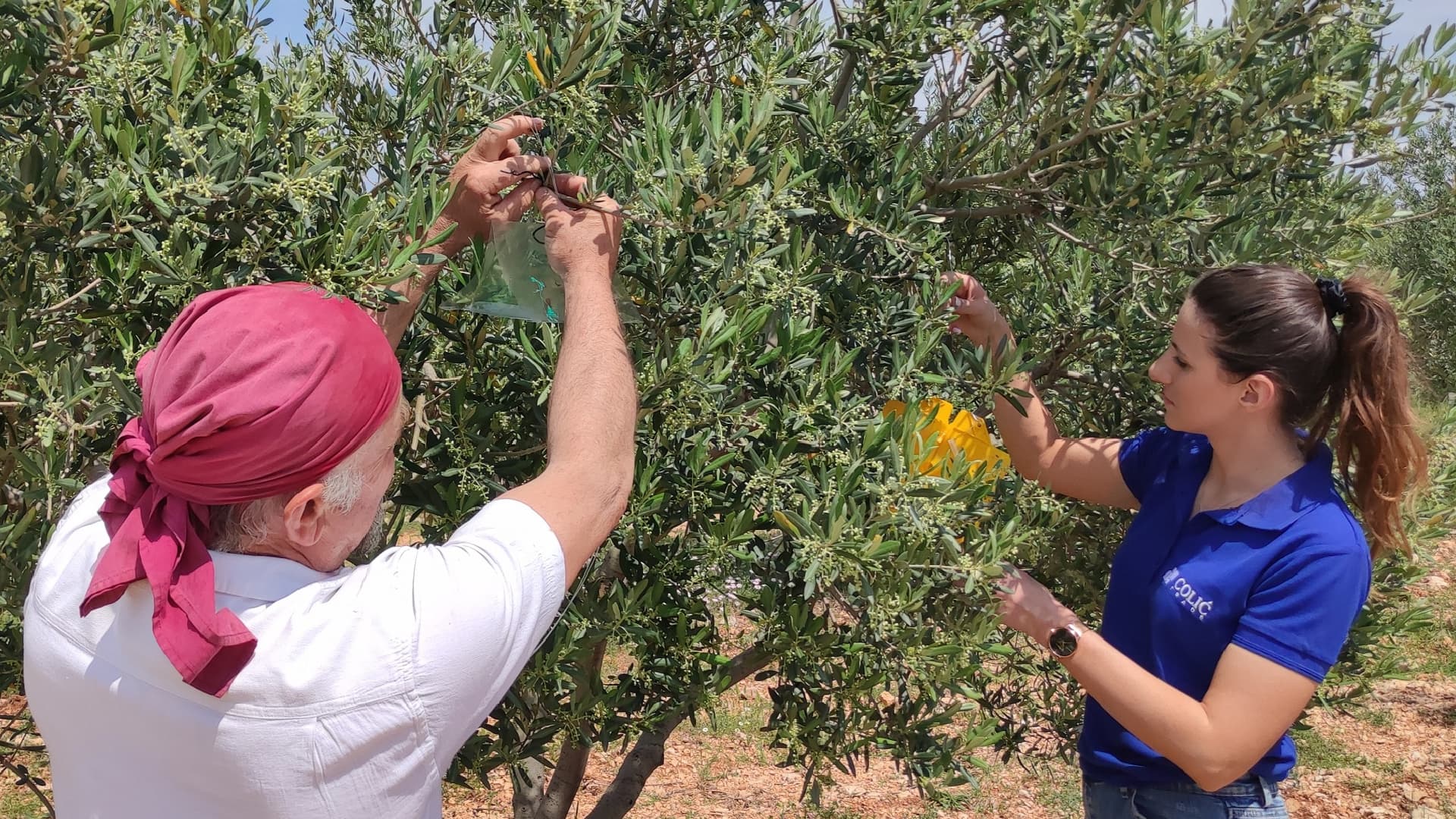
Organic olive growers in the Mediterranean use traditional remedies and natural methods to combat the olive fruit fly, a major pest. These methods include traps with water, vinegar, sugar, salted sardines, fish heads, horse urine, and yeast, which have all been found to effectively reduce the olive fruit fly population and protect olive trees from damage. These natural solutions offer a sustainable and continuous method of pest control throughout the growing season, providing an alternative to time-limited chemical insecticides.
Organic olive growers across the Mediterranean rely on traditional remedies and newly-tested natural methods to contain the olive fruit fly, the most pernicious olive tree pest.
The most common preparation is a mixture of water, vinegar and sugar, which is poured into a plastic bottle with a pierced hole. Attracted by the smells, flies enter but cannot escape, drowning in the mixture.
“This method, which we learned from grandfather Ninia, has proven to be very successful,” spouses Vedrana Rakovac and Saša Petković, who protect their 600 olive trees in the village of Rakovci on the Istrian peninsula in Croatia, told Olive Oil Times.
See Also:Uptick in Olive Fruit Fly Infestations Reported in AndalusiaEven more original methods were devised by Radoslav Rade Bobanović, which he applies in olive groves in the area of Ravni Kotar, in Dalmatia.
When the fruit is already formed, Bobanović protects it from fly attacks with a kaolin clay, milk and sulfur solution.
“Milk has a fat structure so that when spraying, the mixture adheres better to the fruit,” Bobanović said. “It creates a film, a membrane, so the pest can hardly see it, and even when the fly sees it, it can’t sting, pierce it.”
Otherwise, each olive fruit fly can lay 250 eggs, one in each fruit. The larvae eat the pulp; the fruits are infected, rot and fall. “The damage can be immeasurable. Flies can destroy all the efforts of olive growers,” Bobanović said.
In addition to this, he devised a preparation with horse urine, vinegar and sugar. “Horse urine has a lot of ammonia in it, which attracts the olive moth as well as the fly,” Bobanović said.

Horse urine is rich in ammonia, which is used in most pheremone traps to attract the olvie fruit fly.
He and his partner Željko Uzelac grow 12,000 olive trees on 45 hectares at the PZ Maslina i Vino in Tinj, along with vineyards and figs.
“I expect approximately 40,000 liters of oil, but on the condition that I win the battle with pests,” said the charismatic Bobanović.
To this end, he placed pheromone traps and more than 1,000 yellow bottles with the mentioned preparation all over the olive grove.
Pests enter the bottle through a special opening on the side to feed and enjoy. They later drown because they can no longer get out, Bobanović said.
The traps do not kill all pests but significantly reduce the olive fruit fly population and reproduction.
Although not scientifically confirmed, this preparation is effective in practice. Ammonia is the basis for nearly all pheromone traps, and horse urine has the most ammonia, confirms agronomist Nevio Colić.
Italian olive growers in organic farming have been using a preparation with salted sardine against the olive fruit fly for time immemorial.

The preparation with salted sardines attracts olive flies.
According to Grupa di Coltivazione Biologica, this and other food traps are made from plastic bottles for mineral water, 1.5 or 2 liters. These bottles are filled up to three-quarters with water, and half a salted sardine is placed inside.
It is essential to wash the sardines well beforehand to remove the preservatives and allow the fish to rot.
This putrefaction process creates a hydrolyzed protein compound that spreads attractive odors, especially for adult female olive fruit flies.
The attractiveness of food traps is based on the presence of substances such as putrescine (a poison that develops when meat and fish rot), which is known to be very attractive to diptera (insects with two immature wings) from the Tephritidae family, to which the olive fruit fly belongs.
Adult females, attracted by the unpleasant odors developed by putrescine, enter the bottle through the opening. Once inside, it becomes extremely difficult, almost impossible, for them to find a way out.
Food traps are simple to make at home. Make holes in the upper part of the bottle and attach the bottle to the tree with a nylon thread with a regular cap.
Instead, to improve the efficiency of food traps for the mass capture of the olive fruit fly, Italian olive growers have a product called Trap-trap.
This device, similar to a large yellow plug – yellow is one of the most attractive colors for the olive fruit fly – has a cone that hides a mechanism for hanging on a plastic bottle of mineral water.
The cone provides sufficient space for insects to enter through the opening in the bottle but prevents them from exiting.
Furthermore, there is a hook at the end of the Trap-trap cap, to which it is possible to tie a thread and then hang the bottle on a tree. There are also pre-packaged traps on the market with ready-made food bait.
Experts suggest that food traps, including those with salted sardines, should be placed on the olive tree’s south or southwest side to achieve optimal results.
See Also:Mysterious African Insects Are Infesting Portuguese Olive GrovesThis site takes full advantage of the sun exposure and temperature that affects the activity and attraction of the olive fruit fly.
Furthermore, Italian experts suggest that placing the traps at a height of one to two meters from the ground is preferable to be easily accessible to the flies.
It is important to periodically renew the food traps by changing the bottle. Generally, changing the bottles up to three times is recommended during the oil accumulation season, which lasts from July to October.
This maintains the effectiveness of food baits and ensures that captured flies do not interfere with the extra attraction of the traps. Flies trapped inside the bottle should be appropriately disposed of and buried in a suitable place.
However, experts in Italy say that food traps are only part of an integrated approach to biological olive fruit fly control, which may include other measures, such as kaolin clay application, to ensure adequate and complete protection of olive trees.
Darko Jakomin also uses the food trap in the classic way in Vanganel near Koper, Slovenia. Only, instead of salted sardines, he uses fish heads.
In addition to traps with horse urine, salted sardines and fish heads, the newest one with yeast is interesting.
Researchers from the University of California’s Agriculture and Natural Resources program confirmed the effectiveness of the trap developed in Spain called Olipe.
Olipe traps can be made by hand and only require a plastic bottle with water and a pinch of yeast. In particular, the Olipe trap consists of a plastic bottle of 1 or 2 liters with 5‑millimeter holes punctured on top.
Ongoing research has shown that Torula yeast tablets dissolved in water are very effective as bait. Traps are set in the shade, and flies are drawn in, where they eventually drown.
The advantage of protection with natural means comes to the fore, especially from the beginning of ripening to the harvesting of olives, when the conditions are ideal for a fly attack.
The pit is juicy and full of moisture. These phenological conditions lead to a soft skin favorable for bites and the laying of eggs.
At the same time, this is when, in conventional cultivation, protection with chemical agents (insecticides) is time-limited, while in natural cultivation, the described agents can be used from the beginning of the growing season until harvest, that is, throughout the year.


